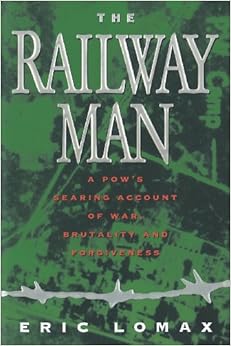Cindy McGill's book "What Your Dreams Are Telling You," is obviously written to Christian believers and to non-believers, to those who already believe dreams are the language of the soul and to those who are not quite sure. As such, it does as good a job as could be expected for a book that aims to speak to such disparate types of possible readers.
The Hebrew mind, as shown in the Bible, valued dreams. The apostles and the gospel writers also found value, insight, guidance, and prophetic help in dreams.But in the ages after the gospels were written, the church age incorporated the rationalistic values of Aristotle, the specialization of the clergy as the only ones to whom God talks to, and the fear of the supernatural. Thus dreams were either ridiculed, viewed with superstition, or dismissed.
Over the centuries, many books written on how to interpret one's dream or the dreams of others. Some of these books taught dreamers to interpret their dreams with rigid universal and questionable symptoms. This book, however, is not one of those. While it allows for certain universal symbols, it is actually a manual that shows readers how to understand and encounter a dream. So there are common dream themes, but there are also steps and teaching about how to discover the messages in one's dreams.
The book is immensely readable but there are moments when the writer is like a calculus teacher teaching basic math -- McGill often doesn't delve into the process as slowly as she might. There are dreams whose interpretations are given but not thoroughly explained, and there are examples of Biblical and historical dreams that have appeared in other dream interpretation books. It's a hard row to walk, not speaking down to the knowledgeable reader while teaching the new learner. For the most part however, she succeeds.
Recommended.















